Drinking tea in winter is very beneficial for health. Using a purple clay teapot to brew tea not only brings out a rich tea aroma without the cooked soup smell, but also has advantages over ordinary teapots in cold weather because purple clay teapots have strong heat retention properties.
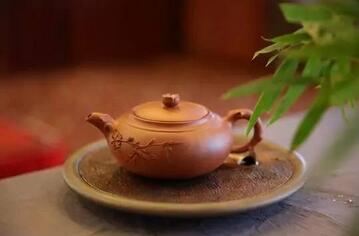
Choosing a Teapot
The capacity of the purple clay teapot should suit your needs.
Teapots vary greatly in size, with some holding several liters of water and others just a cup. Similarly, some people entertain frequently, hosting guests daily and consuming three pounds of tea a week. In such cases, using a small red clay teapot would make the process of pouring tea and water hectic and exhausting.

The size of the teapot's lid should allow easy access for tea leaves.
Many people enjoy drinking oolong tea, which is dry and tightly rolled before brewing. Placing it into the teapot with a tea scoop isn't difficult, but after several infusions with hot water, the leaves expand and fill the teapot tightly (especially if too much tea is added). If the teapot's mouth is too small, removing the tea residue can be troublesome. If not cleaned thoroughly, tea stains can easily form on the inner walls, which is harmful to health.
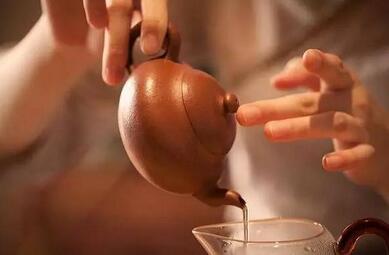
The purple clay teapot should be well-balanced and comfortable to hold.
Some teapots are very heavy when lifted, either due to poor handle design that doesn't conform to ergonomics or overly thick walls (using too much clay). Beginners buying a teapot can fill it three-quarters full with water, lift it with one hand, and mimic the pouring motion. This tests whether the weight is excessive and whether the handle feels comfortable during use. Comfortable handling is crucial; otherwise, it can be tiring and increase the risk of accidentally breaking the teapot.
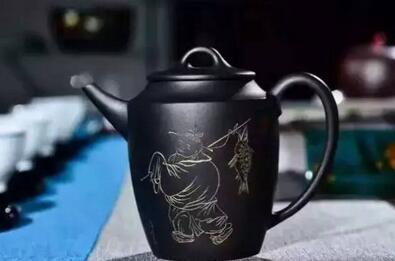
Brewing Tea
Brewing tea involves pouring boiling water into the teapot. According to "The Classic of Tea," hold the tea in your hand, pour hot water into the teapot first, then add the tea leaves, cover, and wait a few minutes for the leaves to settle before drinking. Note: In winter, always warm the purple clay teapot before use to prevent cracking.
Teapots come in tall and short varieties. Tall teapots are suitable for brewing black tea, while short ones are better for green tea. Tall teapots, with their higher bodies and narrower lids, are ideal for black tea, which undergoes fermentation during processing. The deep steeping in a tall teapot allows the tea leaves, aroma, and color to fully develop, enhancing the rich flavor. Short teapots, with their lower bodies and wider lids, are better suited for green tea.
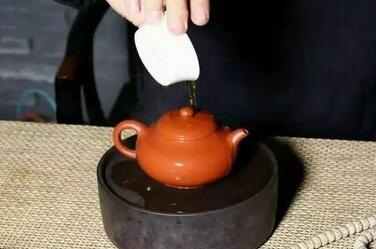
Maintaining the Teapot
Rubbing the purple clay teapot by hand is called "maintaining the teapot," locally known as "panning the teapot." Since ancient times, teapot lovers have kept their teapots close, rubbing them thousands of times a day. Some also use a cloth to wipe the teapot. After brewing tea with boiling water, the teapot's surface exudes tiny traces of tea juice, invisible to the naked eye. Wiping the teapot with a damp cloth over time makes the surface细腻、莹润、光滑、净亮, and comfortable to the touch.
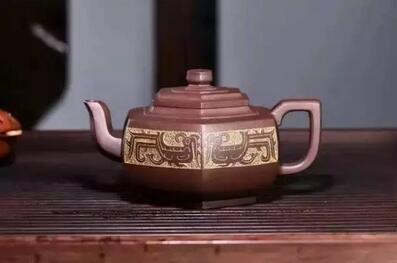
Cleaning the Teapot
Yixing purple clay teapots have a porous structure and strong adsorption properties, preventing tea from spoiling easily. Given this characteristic, it's best to clean the teapot immediately after brewing ordinary tea. For premium teas, the teapot can be stored with the tea leaves and cleaned later. Locally, teapots are not cleaned by hand. The method is: if a teapot develops an odor after long disuse, simply rinse it with boiling water followed by cold water to remove the odor. Newly purchased purple clay teapots should be "opened" before first use.